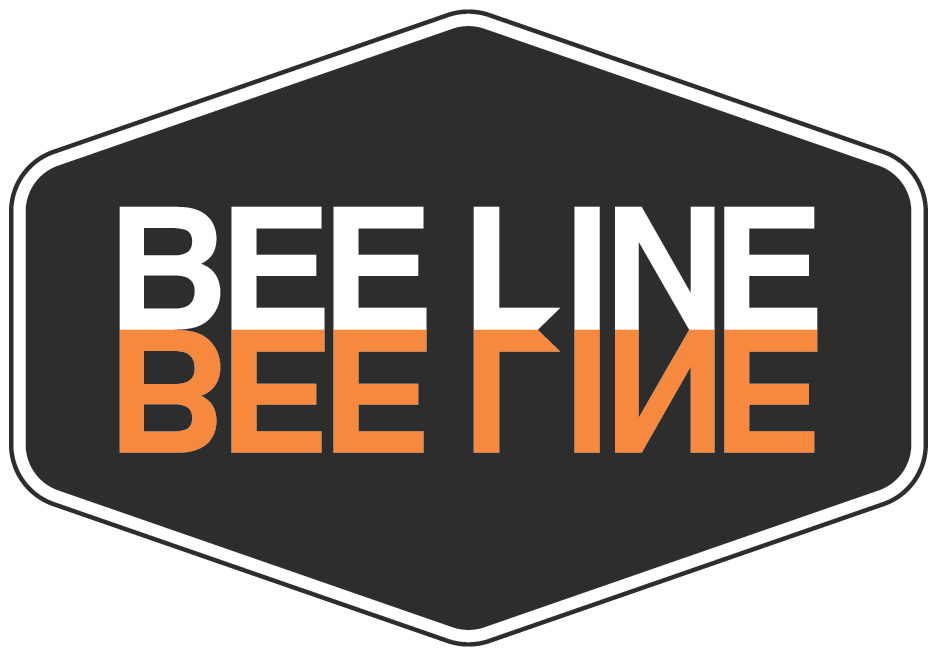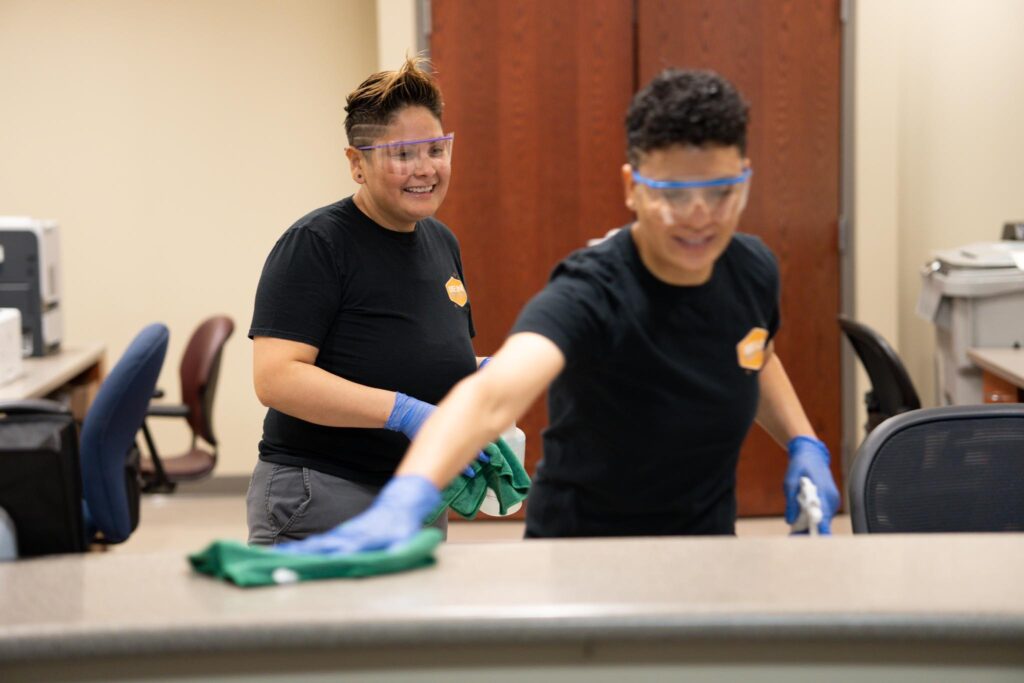Healthcare facilities can be hectic environments. With a steady influx of patients, nurses on varying schedules, and doctors doing their best to treat illnesses, cleaning can sometimes take the back burner. However, regardless of your busy schedule, commercial cleaning routines in a medical facility should never be skipped. To help, consider some of the following best practices for clean workstations.
What to Know About Healthcare-Associated Infections (HAIs)
Healthcare-associated infections (HAIs) are pretty standard. In fact, according to the Centers for Disease Control and Prevention, on any given day, about one in 31 hospital patients has at least one HAI. While prioritizing cleaning surgical sites and patient rooms is essential when reducing the risk of transmissible illness, other areas may go unaddressed. Yet, all areas need attention for a truly healthy environment and to lower the risk of HAIs. This is especially true regarding nurses’ workstations, which often contribute to secondary HAI transmission.
The workstation doesn’t seem like it’d be the number one place for germs to hang out, but in reality, people get more comfortable here. Over time, more germs accumulate with lower frequencies of hand washing in between. This results in more cases of secondary transmission due to contaminated hands.
9 Best Practices for Clean Workstations
Luckily, the risk of HAIs can be mitigated. With the proper disinfecting protocols in place, you can reduce the likelihood that your staff, patients, and visitors will come in contact with potentially deadly pathogens. To help, consider these nine best practices for clean workstations.
1. Prioritize Hand Hygiene
Since cross-contamination can quickly occur through germs spread by hand-to-hand contact, prioritizing hand hygiene is the most effective way to reduce the spread of unnecessary HAIs in your facility. Since the pandemic, most people have gotten in the habit of washing their hands, but with the risk of COVID-19 decreasing, some people have started slacking.
However, prioritizing hand hygiene throughout your facility is one of the most impactful ways to keep workstations clean. This means with staff, patients, visitors, and anyone else who comes in contact with surfaces. Although it can be difficult, if not impossible, to ensure that visitors regularly sanitize their hands, you can help your staff develop healthy habits by placing reminders throughout the facility, installing hand sanitizer stations nearby the workstations, and creating protocols during onboarding and training.
2. Avoid Wearing Gloves When on the Computer
Another way to help maximize hygiene and cleanliness at the workstation is to make it a rule to remove gloves when using the computer. Although this can sound counterproductive, people tend to associate glove-wearing with safety. This can lead to riskier behavior, such as answering the phone or using a keyboard after coming into contact with a sick patient.
Remove the illusion of cleanliness by reinforcing that gloves should not be worn at a workstation. Keep a trash bin and a few boxes of fresh gloves nearby so it’s easy to remove them when entering the station and put on a new pair before leaving.
3. Frequently Wipe Down High-Touch Points
Regardless if everyone washes their hands every ten minutes or not, workstations still need to be regularly wiped down. By frequently cleaning and sanitizing high-touch points, you can eliminate germs or pathogens that have accumulated over time before they multiply. This can also extend to any high-touch points near the workstation to get a comprehensive clean. Include things like phones, light switches, keyboards, tray tables, door handles, armrests on chairs, faucets, pens, clipboards, and surfaces.
4. Reduce clutter in the workstation
You’ll also want to try to keep clutter to a minimum. The more clutter in a workstation, the more surfaces that germs have to stick to. Keep the desktops clean and clear of any unnecessary obstructions, and regularly organize them throughout the day.
5. Clean Workstations Before and After Visiting Patients
The workstation should be cleaned before and after someone visits patients. This will ensure that you don’t bring any unnecessary germs into the patient’s room or from the patient’s room back to the workstation. Although it can seem tedious, cross-contamination happens quickly and easily, so it’s worth the added effort.
6. Train Employees to Eradicate Germs
Working in a healthcare setting requires a certain degree of training. Although staff members put in countless hours perfecting their practice in school, you should always take the time to include cleaning protocols in the onboarding. Each facility is different and may require a unique approach to eradicating germs. Clearly defining your expectations and demonstrating how things should be done when new staff is hired will help you maintain high levels of cleanliness throughout your facility.
7. Use the Right Products
Understanding which types of disinfectants to use is also critical to understanding the best practices for cleaning workstations. High-level disinfectants may sound like the right option, but they can be too harsh for common areas. Therefore, take the time to determine which cleaning product should be applied to workstations regularly. Oftentimes, low-level disinfectants will suffice unless there’s a spill or exposure to biological fluids.
8. Integrate Cleaning, Sanitizing, and Disinfecting
Understand the difference between cleaning, sanitizing, and disinfecting and apply them accordingly. Although day-to-day cleaning may seem like it’s enough, without the proper use of products, you could just be spreading germs around from one surface to another. Determine the appropriate cleaning protocols for everyday use to maintain a safe and healthy environment.
9. Partner with a Professional Medical-Grade Cleaner
Finally, to maximize your cleaning efforts, partner with a professional medical-grade cleaner like Bee Line. This will ensure that your healthcare facility maintains the highest degree of cleanliness, thus reducing the risk of HAIs and cross-contamination. You can utilize daily or nightly cleanings alongside more intensive deep cleans or create a personalized cleaning schedule that suits your needs.
If you’re looking for a trustworthy partner to help with healthcare cleaning, turn to Bee Line. There’s a reason that top healthcare networks across the Midwest count on us for all of their commercial cleaning needs. As the region’s leading medical-grade cleaning company, we understand what it takes to apply commercial cleaning best practices to surgical sites, patient rooms, exam suites, and even workstations. We train and test our cleaners, management, and leadership to ensure everyone knows what it takes to thoroughly clean and disinfect an area and reduce the risk of HAIs.
Bee Line is a professional cleaning company specializing in medical facility cleaning services. In addition to our healthcare cleaning services, we also offer commercial cleaning to various industries. Our team will ensure that every square inch of your medical facility is cleaned and ready to go. To learn more about our process, contact a team member at Bee Line by calling 312-BEE-LINE or filling out our contact form online.
About The Author
Julio Alvarez
author
Julio is a true veteran to the industry, rising through the ranks of the cleaning business and finding a home at Bee Line since 2007. When he’s not busy expertly leading his troops, you can find Julio playing soccer and spending time with his wife, 3 adorable boys, and a goldfish named Flipper! He has a soft spot in his heart for stuffed pizza with salad, and is a Cubs fan through and through. His favorite part of working at Bee Line is the strong teamwork.




